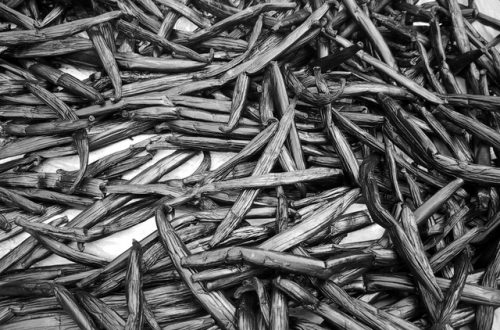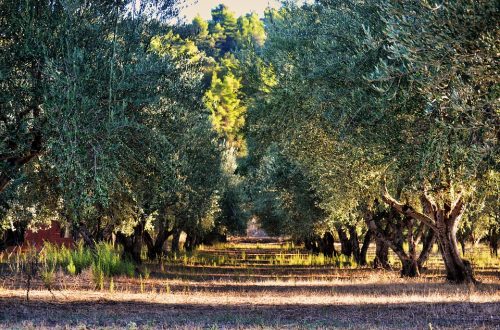Humic acids are increasingly popular as soil conditioner. While many short-duration experiments have been done (see my earlier item), Ciarkowska and colleagues published about long-term effects. In a pot experiment the growth of celery (2 crops) and leeks (1 crop) was followed after one application of the commercially available Base Actosol® at the onset of the experiment. Humic acid at a rate of 6.2 g per 5-kg pot was applied in the form of Base Actosol®. This was compared with the application of farm-yard manure in an amount that lead to a similar dose of humic acids, and a control and a NPK-artificial fertilizer treatment. An additional treatment was a double dose of Base Actosol®. The total amount of N, P and K was made equal in all treatments except the control by amending additional amounts of artificial fertilizer. The experiment was carried out using a loamy sand and a clay loam, both with an organic matter content of about 1.7% and a pH between 5.1 and 5.4.
Base Actosol® increased the average shoot and root growth significantly compared to all treatments except the root growth on the loamy sand. The increase in C and dehydrogenase content was comparable with that of the farm-yard manure application. So, Base Actosol® had equal to better effects than farm-yard manure while much less amounts of it are needed.
comments: Although the applied 6.2 g humic acid to 5 kg soil seems to be a small amount, applied to the top 0-20 cm layer of 1 ha this would amount 49.6 tons of Base Actosol®. So the question is if this is economically feasible. (Calculation: Base Actosol® contains 6% humic acids; an application of 6.2 g humic acid per 5 kg equals an application of 103.3 g of Base Actosol, which equals 20.67 g per kg soil. Assuming that the top 0-20 cm layer of one hectare with a bulk density of 1.2 g/cm3 weighs 2.4 Mkg, 49.6 tons of Base Actosol® would be needed.)
Ciarkowska et al. (2017) in Geoderma, http://dx.doi.org/10.1016/j.geoderma.2017.05.022


